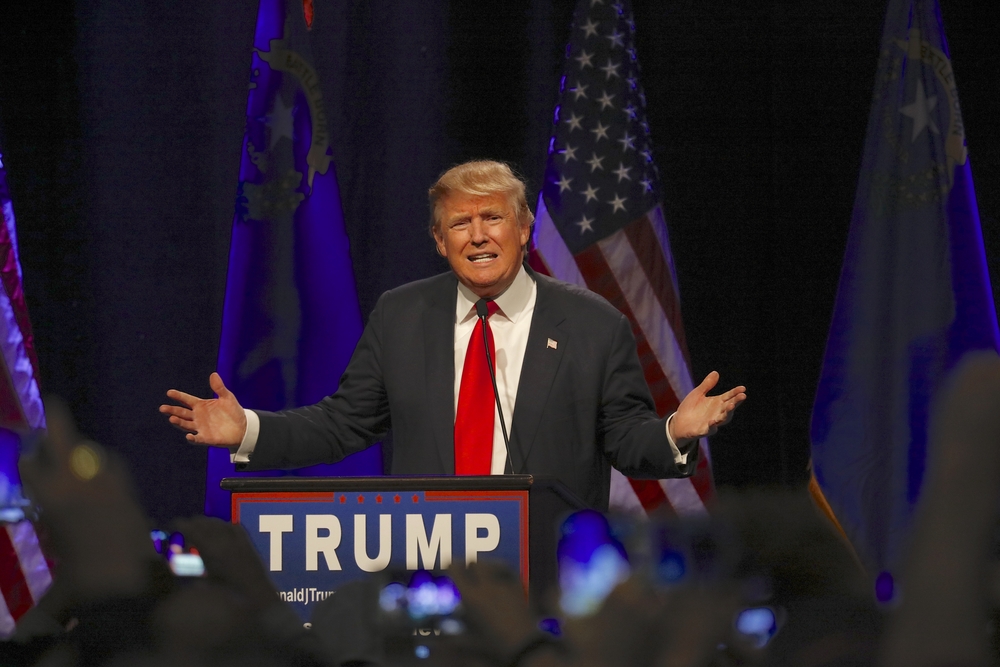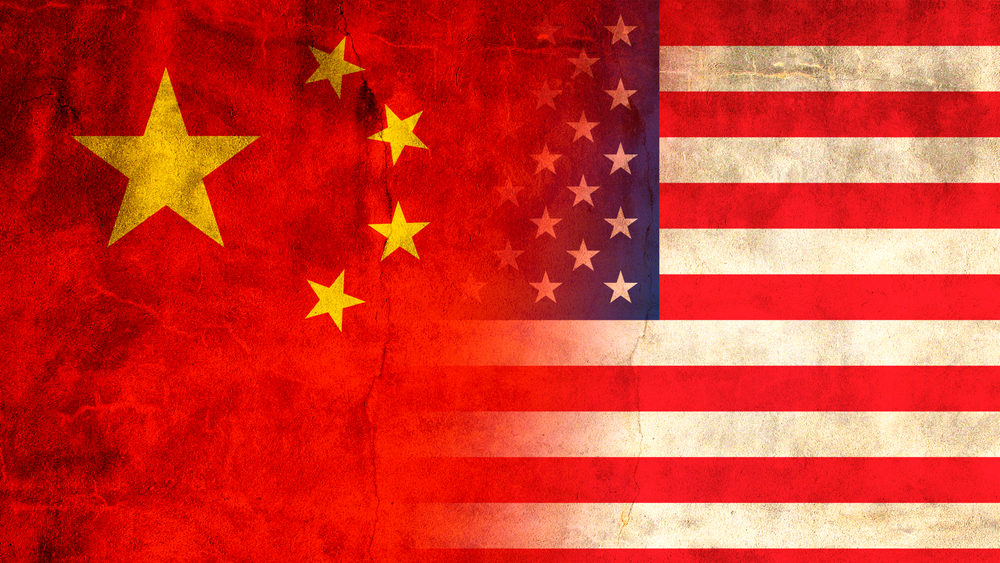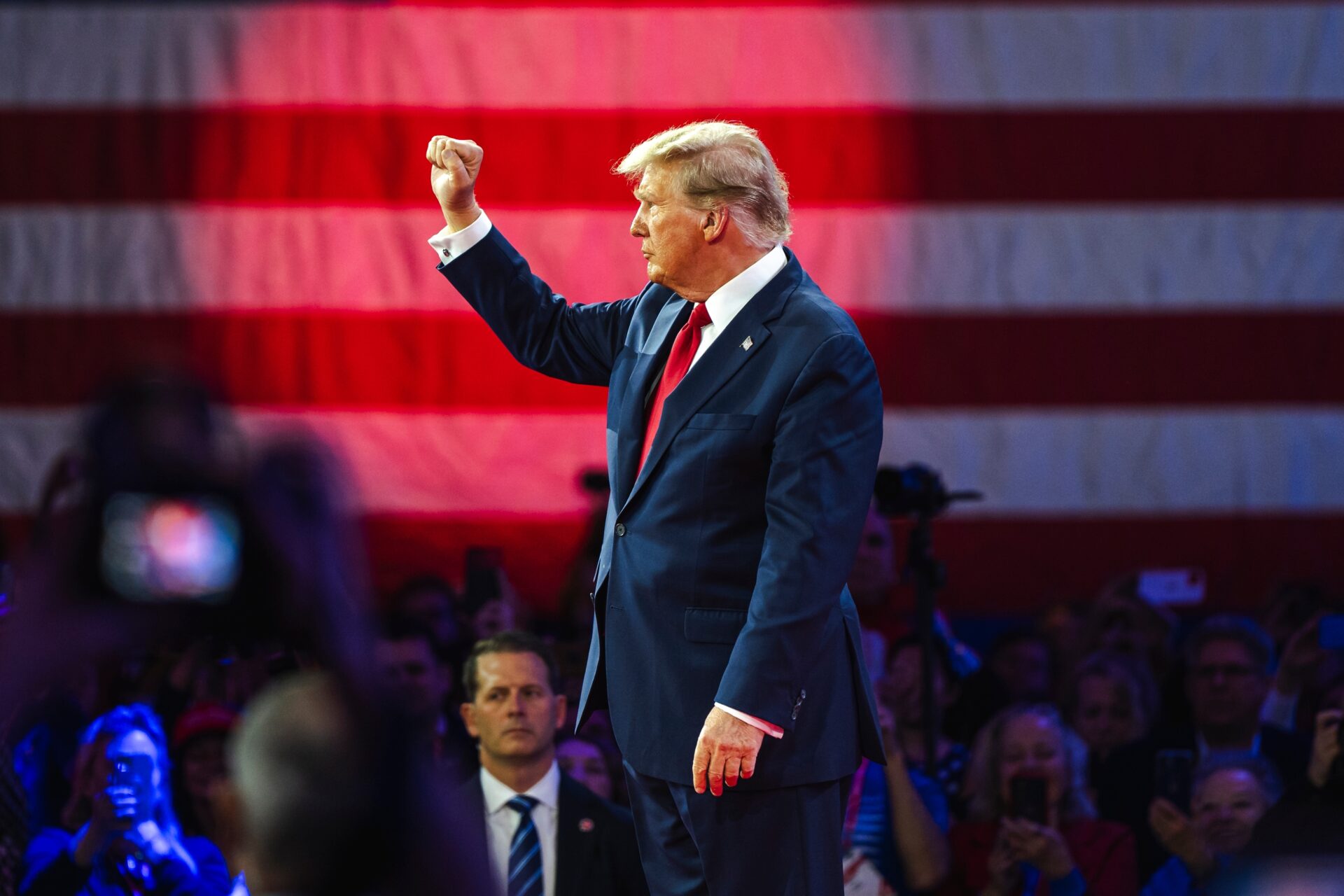A groundbreaking settlement in House v. NCAA sets a new course for college sports, but it’s peppered with potential hurdles.
At a Glance
- A new era in college athletics begins July 1, 2025, following the settlement.
- Universities can directly share up to $20.5 million annually with athletes.
- $2.8 billion is set aside for retroactive payments to athletes from 2016.
- Some smaller sports may face budget cuts as schools adjust their finances.
Transforming College Sports’ Financial Landscape
The House v. NCAA settlement, approved recently, inspired significant changes in college sports. Beginning July 1, 2025, universities are permitted to pay student-athletes a sum up to $20.5 million annually. This new model marks an end to previous scholarship limitations, providing institutions the flexibility to balance financial allocations between academics and sports. Though the intent is to foster fairness and competitiveness, universities must now navigate complex compliance regulations.
This settlement introduces a remarkable change to the tradition of amateur sports, reflecting the evolving landscape of college athletics. Alongside the $20.5 million per institution, a historic $2.8-billion fund will support retroactive payments to athletes who have competed since 2016. Consequently, smaller sports programs are concerned about potential cutbacks to accommodate these financial shifts.
Oversight and Redistribution Challenges
NIL Go, a new reporting platform, will oversee Name, Image, and Likeness (NIL) agreements worth $600 or more, an effort to monitor third-party influences on athlete compensation. The creation of the College Sports Commission, led by MLB executive Bryan Seeley, provides an oversight mechanism for revenue sharing, marking a shift in existing administrative frameworks. Compliance and Title IX implications remain uncertain, posing risks of legal repercussions.
“This is new terrain for everyone,” noted Charlie Baker, highlighting the transitional period that awaits universities as they adapt to new rule-making responsibilities.
The NCAA’s endeavor to reclaim control over the athlete payment market necessitates coordination between institutions to implement new policies. This includes updating eligibility and roster management to accommodate financial changes while ensuring equitable distribution across all sports.
Potential Impacts on Traditional College Sports
The potential athletic cuts highlight the financial strain of accommodating this new model. As Trey Wallace remarked, “You’re gonna see cuts in track and field, rowing, volleyball. You can’t afford them anymore. You’re relying on football to pay the bills.” The NCAA hopes federal legislation will offer antitrust exemptions to safeguard sports programs and prevent athletes from being classified as employees.
This settlement’s success hinges on universities’ ability to balance lucrative sports programs while sustaining smaller ones. As Power Five conferences automatically comply, other Division I schools must decide whether to join. The path ahead is fraught with challenges but offers a promising future for college sports if executed with diligence and foresight.







